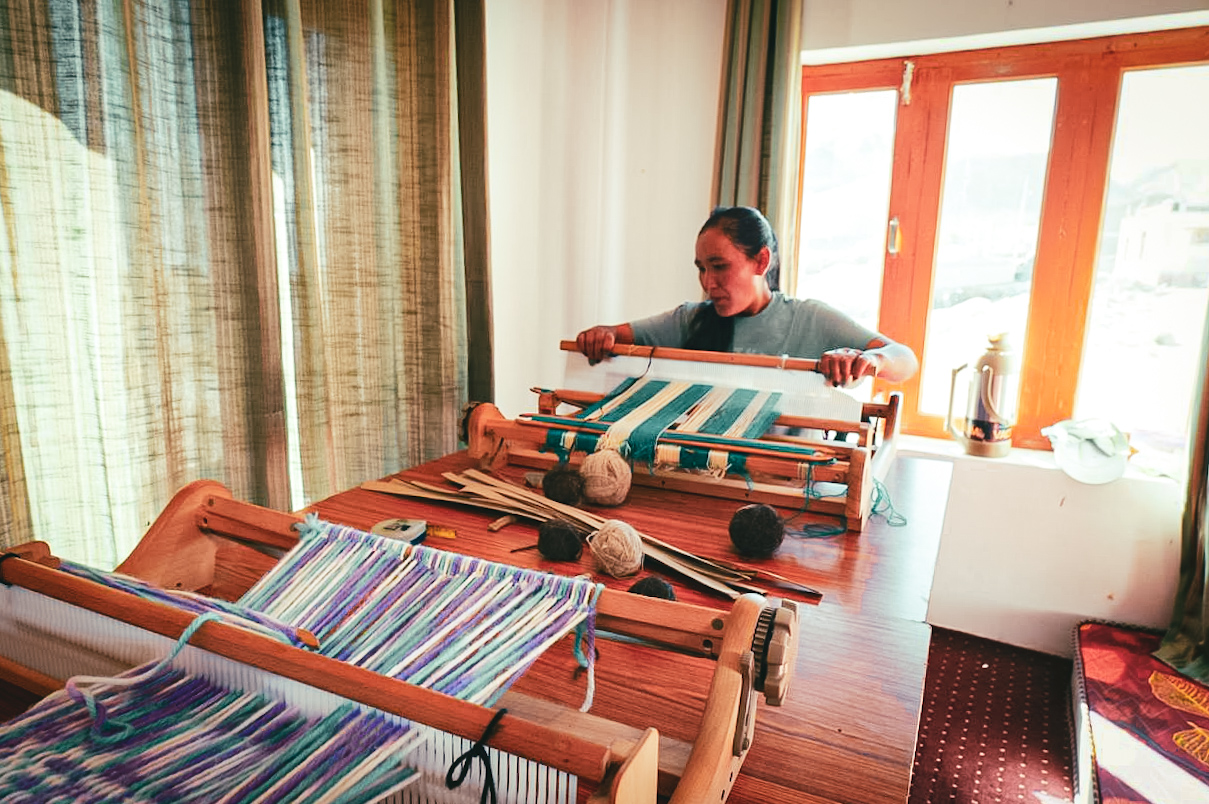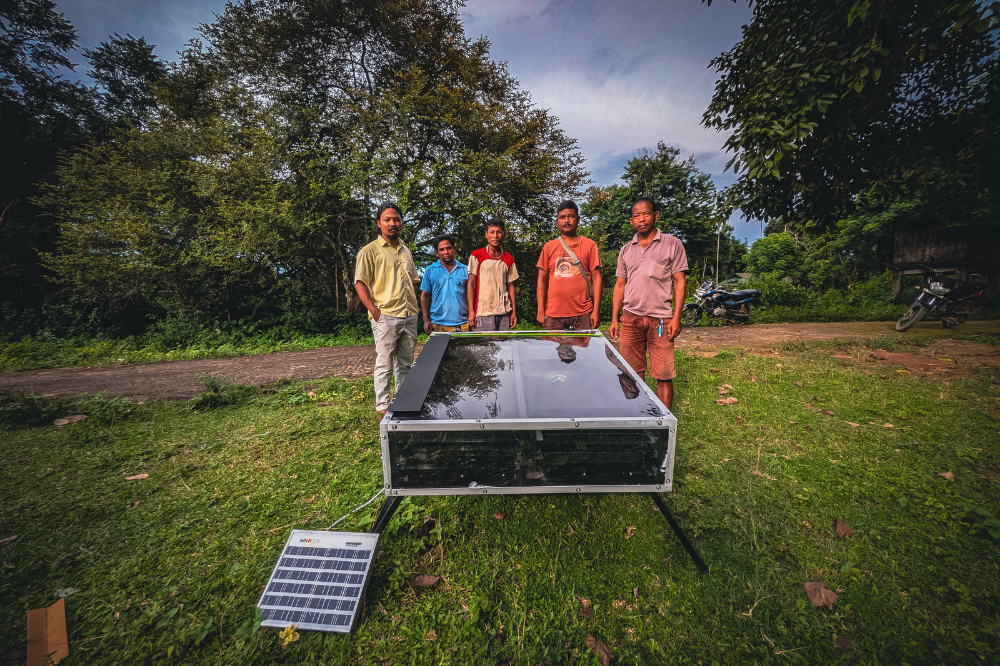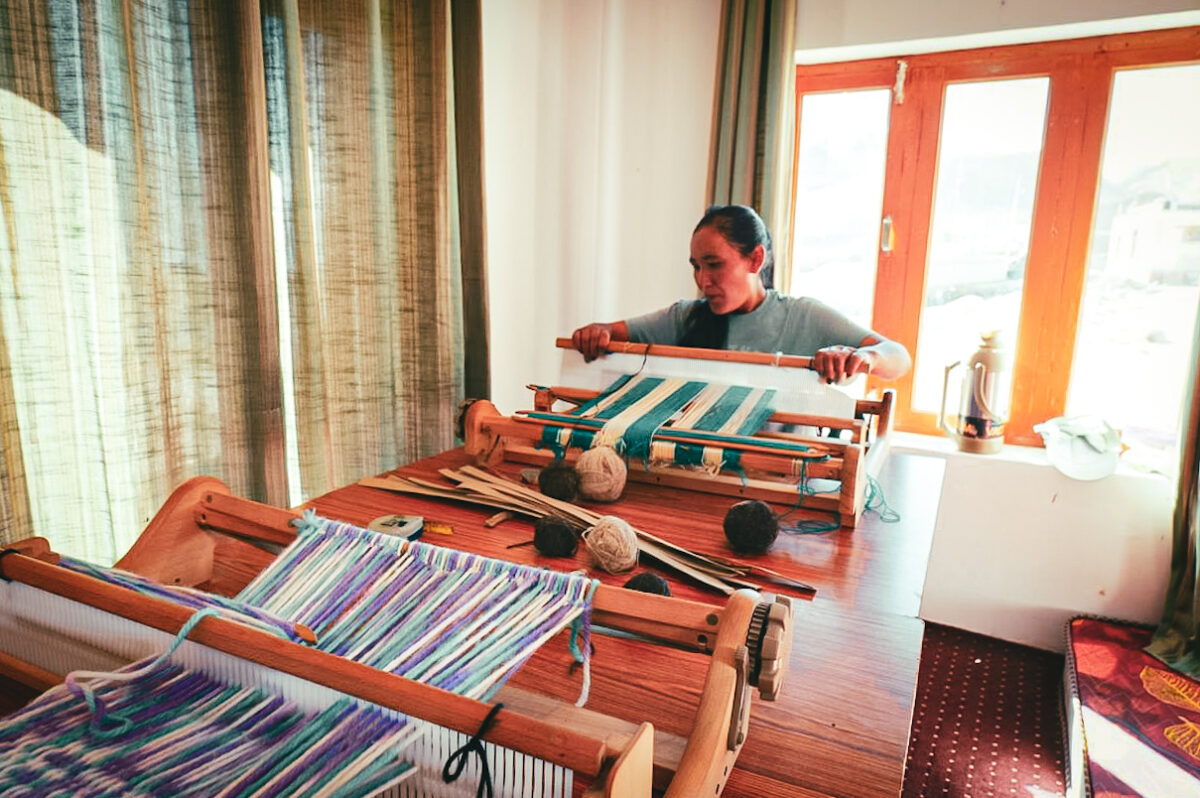Village Chushul : Ladakh’s Last Post
GHE Nov 21, 2025
Leveraging Climate Financing for Holistic Development
In today’s rapidly changing and fast paced world of progress and evolution, sustainable development has become a pressing issue with each passing day. With the increasing recognition of the importance of preserving our environment and uplifting marginalized communities, innovative approaches are being explored.

A solar powered house in the Garo Hills, Meghalaya
GHE is developing projects that leverage carbon financing to support the sustainable development of remote indigenous communities, which is resulting in creating a harmonious and prosperous future for both people and the planet. The remote communities are often located in ecologically rich areas and are disproportionately affected by climate change and face unique challenges due to their geographical isolation. These communities often have limited access to modern amenities, healthcare, education, and economic opportunities. By leveraging carbon financing, these communities can embark on sustainable development initiatives that enhance their quality of life while preserving their cultural heritage and natural resources.
Understanding Carbon Financing: Carbon financing refers to the practice of investing in projects or activities that reduce or capture greenhouse gas emissions. These investments are made to compensate for the carbon footprint created by an individual, organization. GHE is working on Carbon offset projects such as renewable energy generation through Solar Power and energy efficiency programs through Improved Cookstoves. The reduction in emissions achieved through these projects is quantified and verified by recognized standards such as Gold Standard and Verra and are then being provided as carbon credits to the companies who sponsor these projects.

Clean Energy Solutions for a household
The difference being that each carbon project acts as a multi layered stacked intervention where the financing for the carbon credits also gets deployed in creating more development opportunities for the communities through solar electrification, health centre upgradation, education access and homestay-based tourism livelihoods.

Benefits of Carbon Financing for the Last Mile
Sustainable Livelihoods
Carbon financed projects provide indigenous communities with the resources to develop sustainable livelihood projects. These projects can include organic farming, eco-tourism, and traditional handicrafts. By generating income from these activities, communities can reduce their dependence on activities that harm the environment, such as deforestation or unsustainable farming practices.

Students doing hands on Practical during Solar Training
Access to Clean Energy
Many remote communities lack access to. reliable and clean energy sources. The vehicle of carbon financing can enable the installation of renewable energy systems such as solar grids and improved cookstoves. Access to clean energy improves living conditions, supports economic activities, and reduces reliance on fossil fuels.

Solar panel structure atop a healthcare facility
Improved Quality of Life
Solar electrification and clean cookstoves enables communities to have access to reliable and clean energy sources. This access enhances their daily lives by powering households, schools, healthcare centers, and community infrastructure. It eliminates the need for harmful and expensive alternatives like kerosene lamps, diesel generators, or traditional biomass fuels.

Solar panel structure atop a healthcare facility
Sustainable Tourism
GHE is providing these communities the tools and resources and the hardware required to develop sustainable tourism initiatives that preserve their natural and cultural heritage while generating economic benefits. Here’s how carbon financing can support sustainable tourism projects:

Homestay training session promoting clean cooking solutions
1. Carbon Offsetting
Tourism activities often contribute to carbon emissions due to transportation and infrastructure development. By implementing sustainable practices and carbon offsetting strategies, communities can neutralize the carbon footprint of their tourism activities. Eg, GHE is setting up Carbon Neutral Homestays with the communities where the traveller footprint is minimized to zero when staying in the sustainable properties of the villagers.
2. Cultural Immersion
Remote indigenous communities have unique cultures, traditions, and knowledge systems. Sustainable tourism allows visitors to engage with these communities and experience their way of life, fostering cultural exchange and understanding. By showcasing their cultural heritage, indigenous communities can generate income and pride in their identity while preserving their traditions.
Key Success factors
Inclusive Participation
It is crucial to ensure the active participation and ownership of the communities throughout the project. Community engagement, respecting indigenous knowledge systems, and integrating traditional practices into project design are essential for sustainable outcomes.

Local Stakeholder Consultation Session
Monitoring and Evaluation
Robust monitoring and evaluation systems are needed to ensure transparency, accountability, and the effective implementation of carbon financing initiatives. Monitoring should extend beyond carbon emission reductions to include social, environmental, and economic indicators to measure the overall impact on the community.

Monitors during training session
Safeguarding Cultural Heritage
Development projects should respect and preserve the cultural identity, traditions, and rights of indigenous communities. Culturally sensitive approaches must be employed to safeguard their heritage and prevent any potential negative impacts on their way of life.
Leveraging carbon financing for the sustainable development of remote indigenous communities presents a unique opportunity to address the challenges faced by the last mile and also opens a avenues for mobilising financing where it did not exist earlier.

Cookstove beneficiary with her daughter
Latest Blogs
Explore perspectives on the work we do and ways to make an even greater impact together.











0 Comments